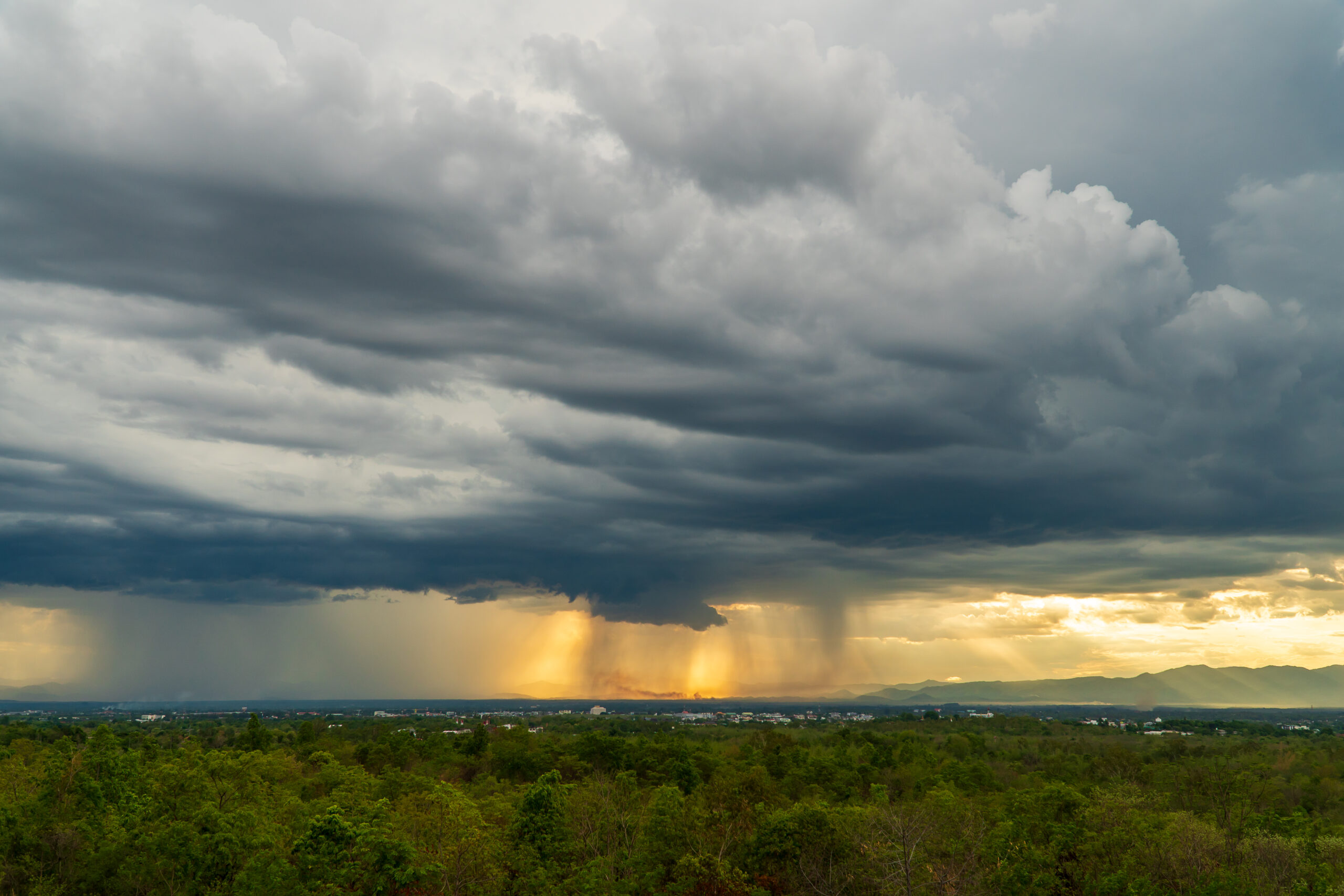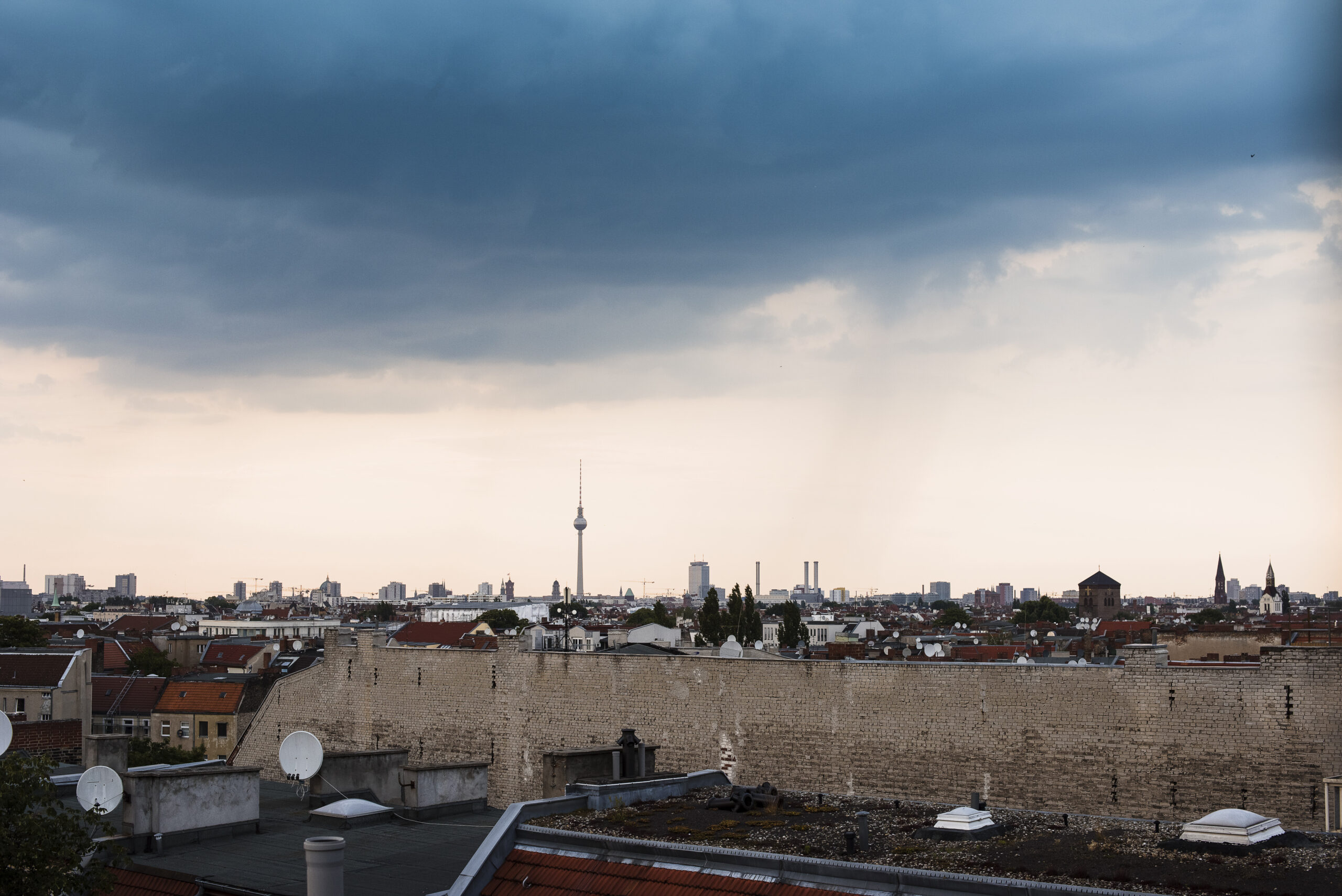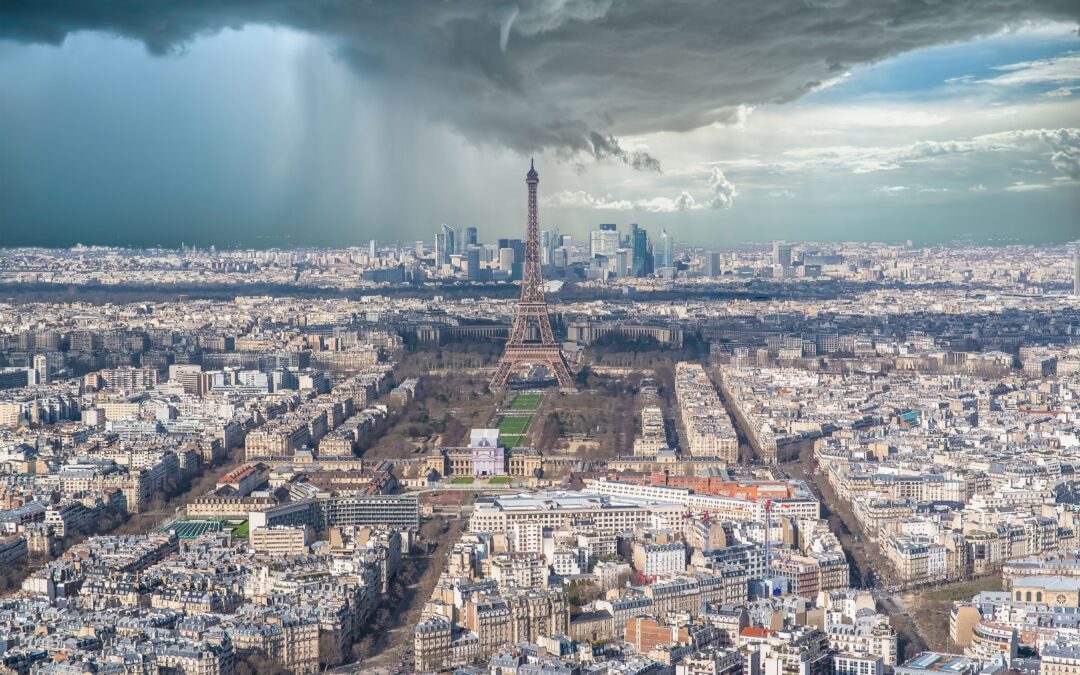As rainfall patterns intensify across Europe, cities are facing a dual challenge: managing increased flood risks while addressing growing pressure on water supply infrastructure. Rainwater harvesting is emerging as a practical solution to help reduce strain on drainage systems and lower water consumption costs. This article explores how major European cities are integrating rainwater harvesting into urban water management strategies.
The Challenge: Increasing Rainfall, Overloaded Infrastructure
European cities have long relied on drainage networks to divert rainwater quickly. However, as urban populations expand and impermeable surfaces increase, these systems are often overwhelmed, leading to flooding and water damage.
At the same time, many regions are experiencing prolonged dry spells, putting additional strain on mains water supplies. The cost of treating and distributing water is rising, making it more expensive for households, businesses, and municipalities.

A Practical Solution: Rainwater harvesting
Rainwater harvesting presents an efficient, low-maintenance approach to addressing these challenges. By capturing rainwater, cities can:
✔ Alleviate pressure on drainage systems, reducing the risk of urban flooding
✔ Lower water treatment and distribution costs, benefiting both public utilities and residents
✔ Improve local water availability, especially during periods of high demand or droughts, by supplementing mains water
This approach not only mitigates flooding but also provides long-term savings and resilience for cities facing climate-related water challenges.
European Cities Leading the Way
Several major cities have already begun integrating rainwater harvesting into their urban water management strategies
Reference A : (For citations, please refer to the References section at the end.)

Paris
The city is installing ‘smart’ rain gardens, which capture and slow down rainwater runoff, reducing flood risk by up to 20% in certain neighbourhoods.

London
The ‘Drain London’ programme offers incentives for property owners to install rainwater harvesting systems. Studies estimate widespread adoption could cut stormwater runoff by 17%.

Berlin
As a leader in rainwater harvesting, Berlin requires new large-scale developments to incorporate Rainwater Collection systems.
Up to 50% of installation costs for residential rainwater harvesting systems are covered by local subsidies.

Rotterdam
Located below sea level, Rotterdam has made rainwater harvesting a key part of its climate adaptation strategy.
The Benthemplein Water Square doubles as a public space and a water storage facility, temporarily holding excess rainwater during heavy storms.
Beyond Rooftop Collection: Expanding Rainwater harvesting Methods
While traditional rainwater harvesting focuses on rooftop collection, innovative cities are adopting additional strategies:
✔ Permeable Surfaces – Cities like Copenhagen are using permeable paving materials, which allow rainwater to seep into the ground rather than overloading drainage systems.
✔ Green Roofs – These vegetated rooftops slow down rainwater runoff and help reduce peak flow into drainage systems.
✔ Underground Storage – Madrid is piloting large underground storage tanks to hold rainwater for later use.
✔ Smart Water Management Systems – IoT-enabled rainwater harvesting technology is being explored to monitor weather forecasts and adjust storage capacity accordingly.
Policy Recommendations for Expanding Rainwater harvesting
To increase adoption and maximise the benefits of Rainwater harvesting, experts recommend:
Establishing clear regulations to provide guidance for property owners and developers.
Financial incentives such as tax rebates or grants to offset installation costs.
Incorporating rainwater harvesting into building codes for new developments.
Raising public awareness through education campaigns about rainwater harvesting benefits.
Encouraging research into new technologies to improve efficiency and ease of use.
A Smarter Approach to Urban Water Management
As European cities continue to face challenges related to water management, rainwater harvesting offers a proven, cost-effective solution to mitigate flooding risks and reduce demand on mains water. By adopting innovative strategies and investing in infrastructure, urban areas can enhance resilience and reduce long-term water costs.
Key Takeaways
✔ Rainwater harvesting is helping European cities reduce flood risks and lower water bills.
✔ Cities such as Paris, London, Berlin, and Rotterdam are integrating rainwater harvesting into urban water management.
✔ Innovative approaches, including green roofs, permeable surfaces, and smart storage systems, are improving rainwater collection and usage efficiency.
✔ Challenges include upfront costs, water quality concerns, and regulatory gaps, but targeted policies can help accelerate adoption.
✔ Rainwater harvesting offers a practical, cost-effective way for cities to manage water more efficiently.
Take the Next Step with Rain Harvesting™
Thinking about rainwater harvesting for your home or business? Our Rain Harvesting™ Design Service can help you plan a system tailored to your needs.
Take control of your water supply with a well-designed rainwater harvesting system.
Resources:
The following websites are the general references used in conducting the research for this article
Greater London Authority. (n.d.). [Title of document] [PDF]. Retrieved February 24, 2025, from https://www.london.gov.uk/sites/default/files/18.pdf
World Bank. (2018). XYZ Report. Retrieved February 24, 2025, from https://openknowledge.worldbank.org/server/api/core/bitstreams/1ced793d-8c55-5e00-889f-c6af71efa210/content

